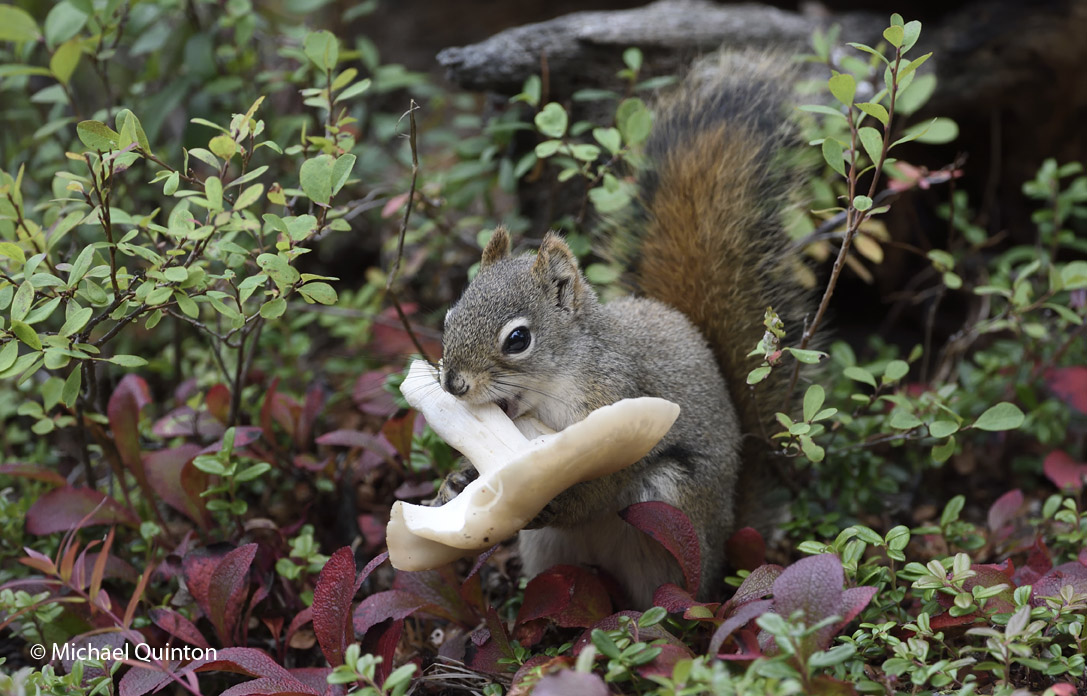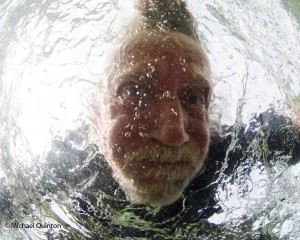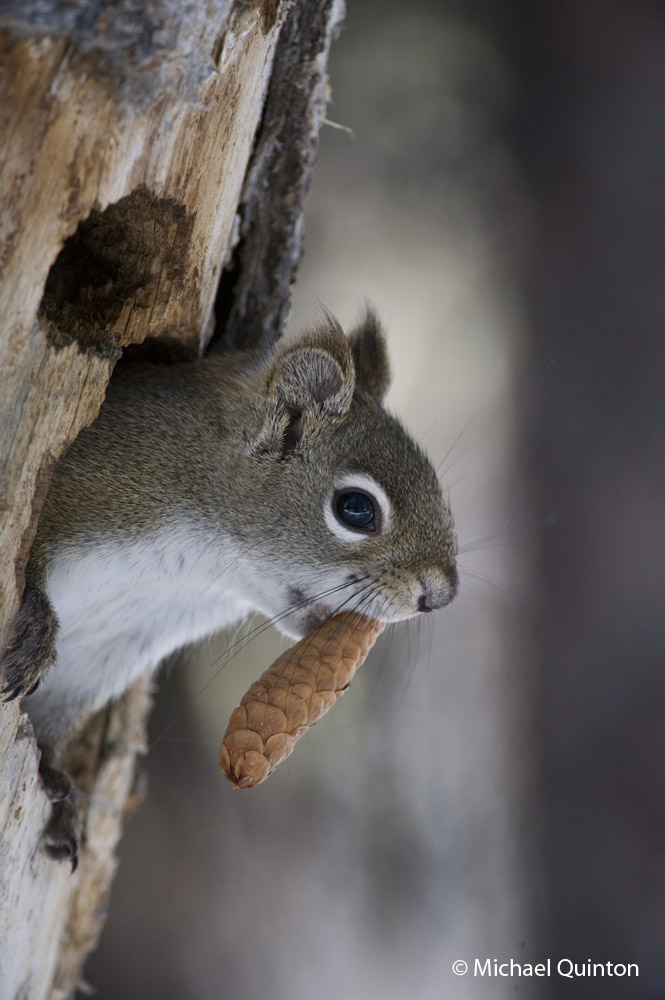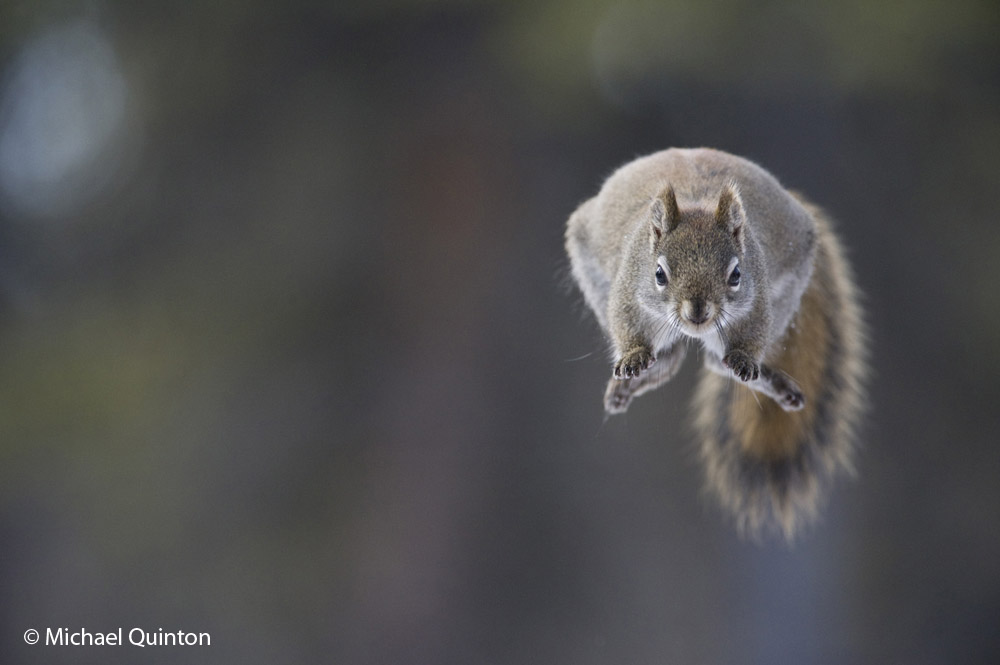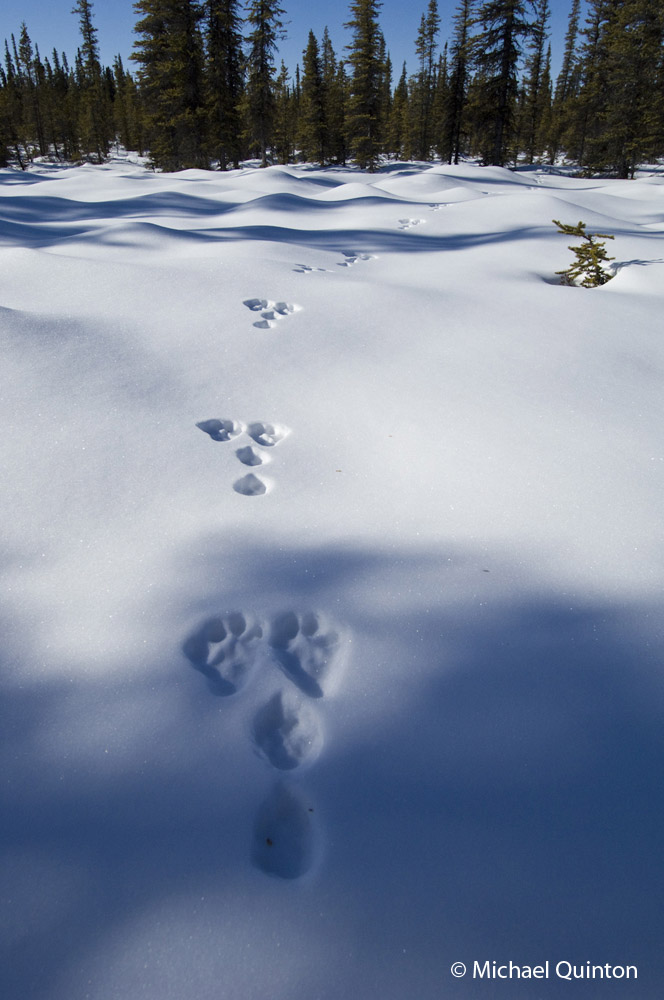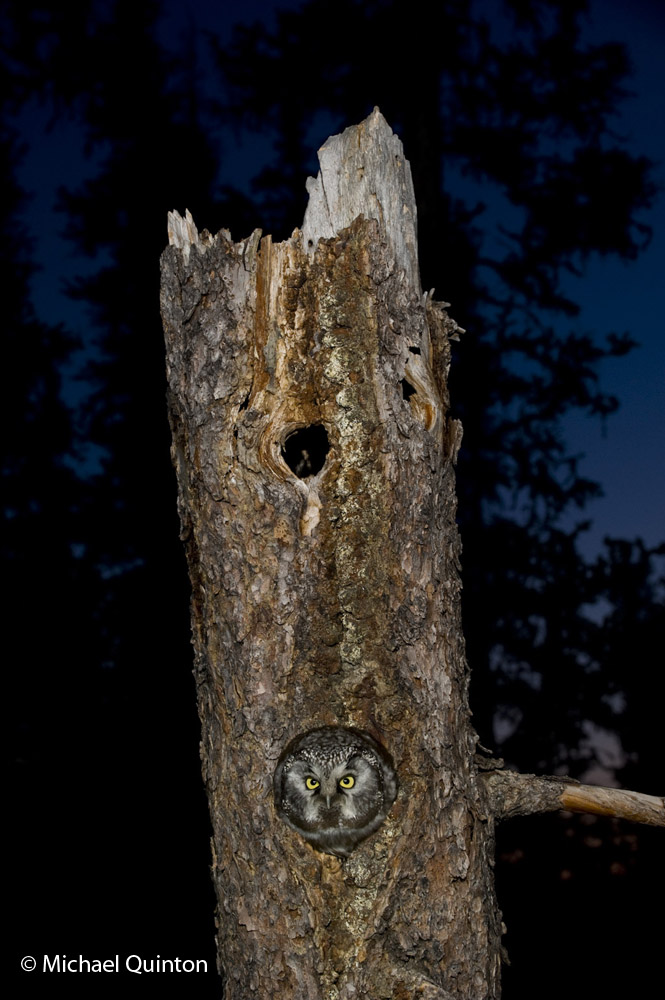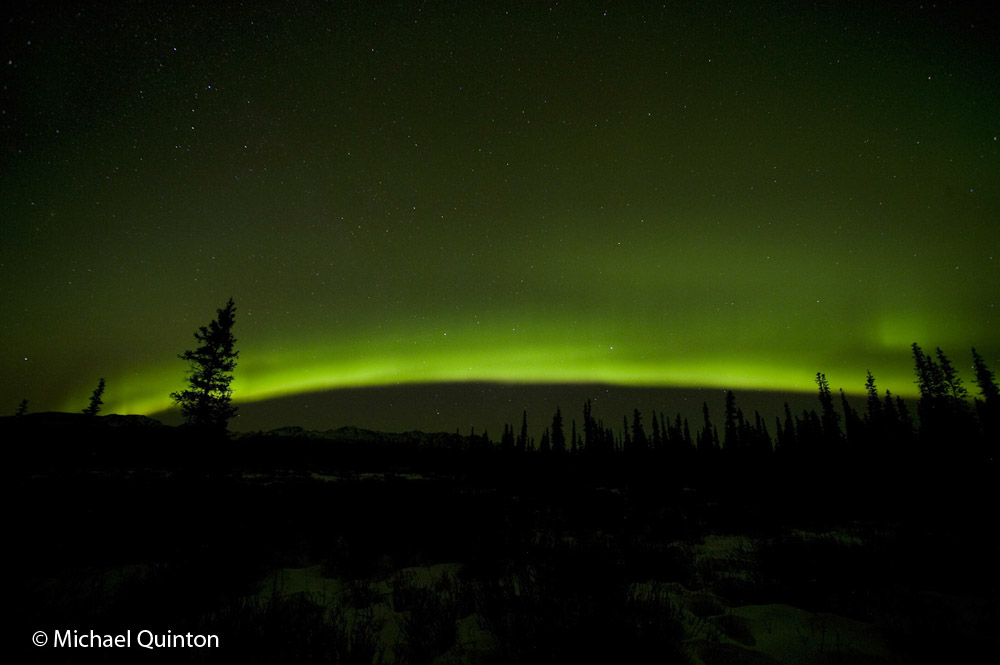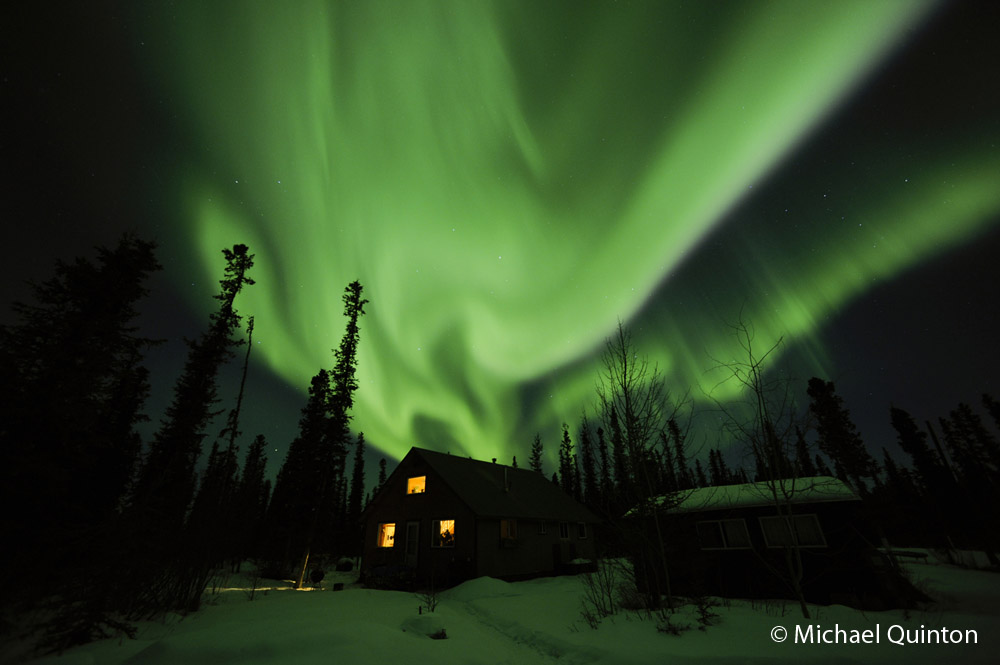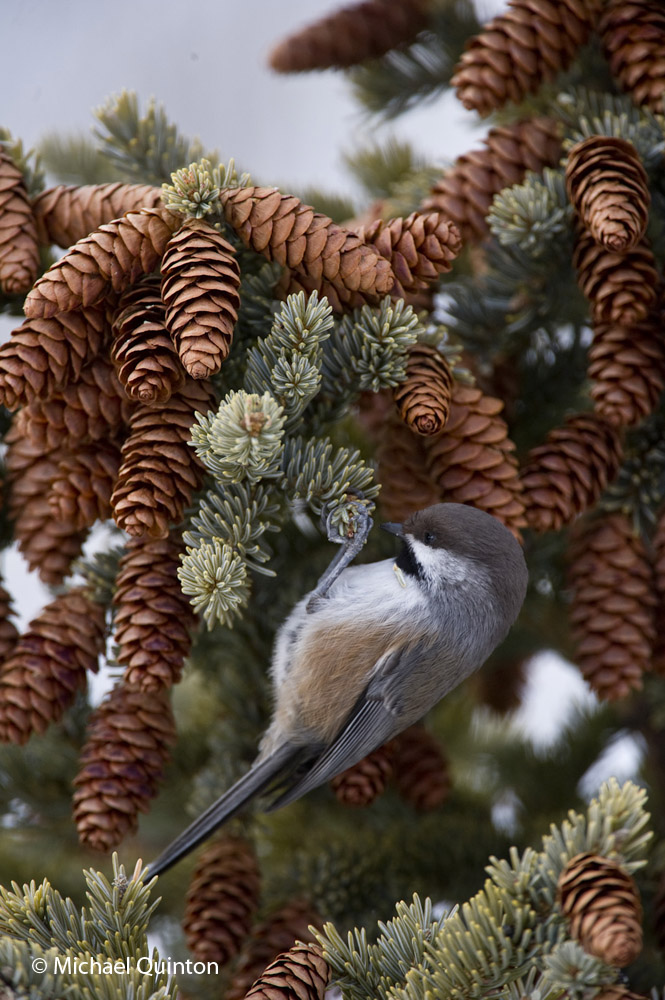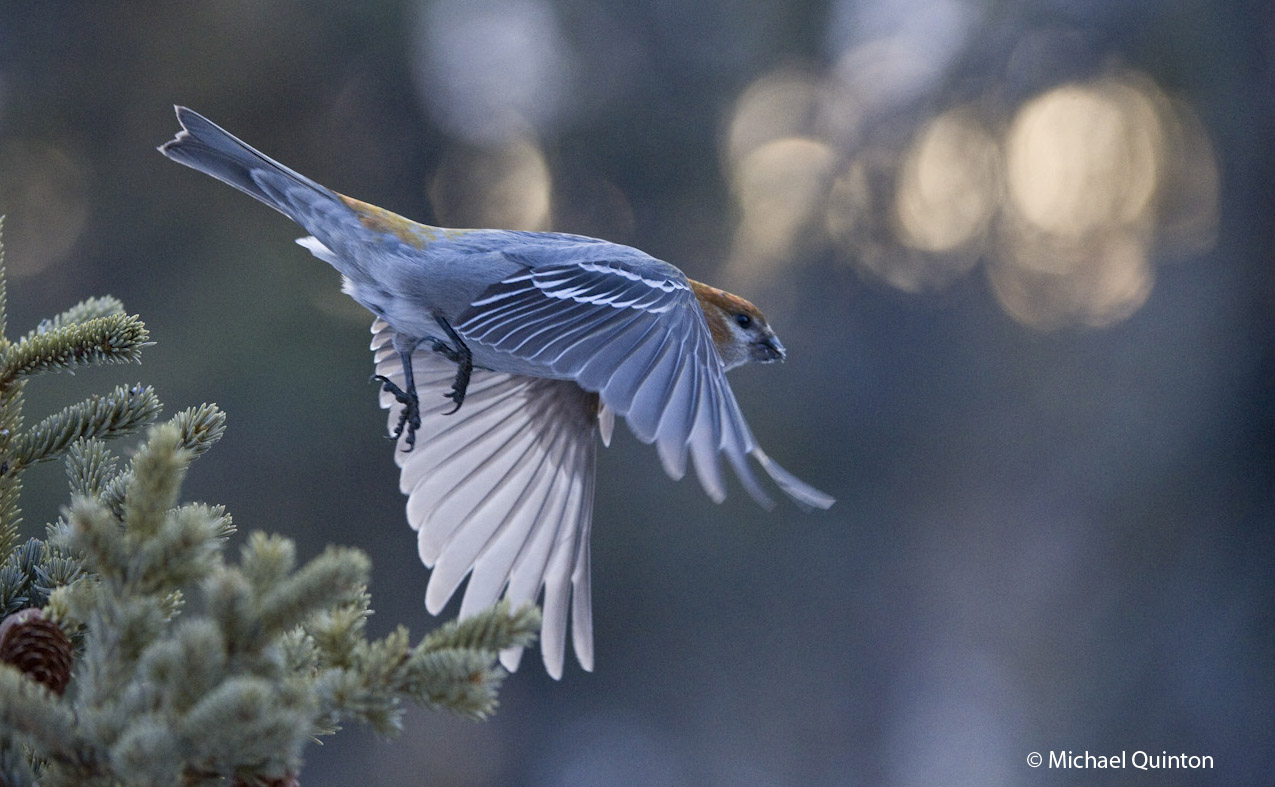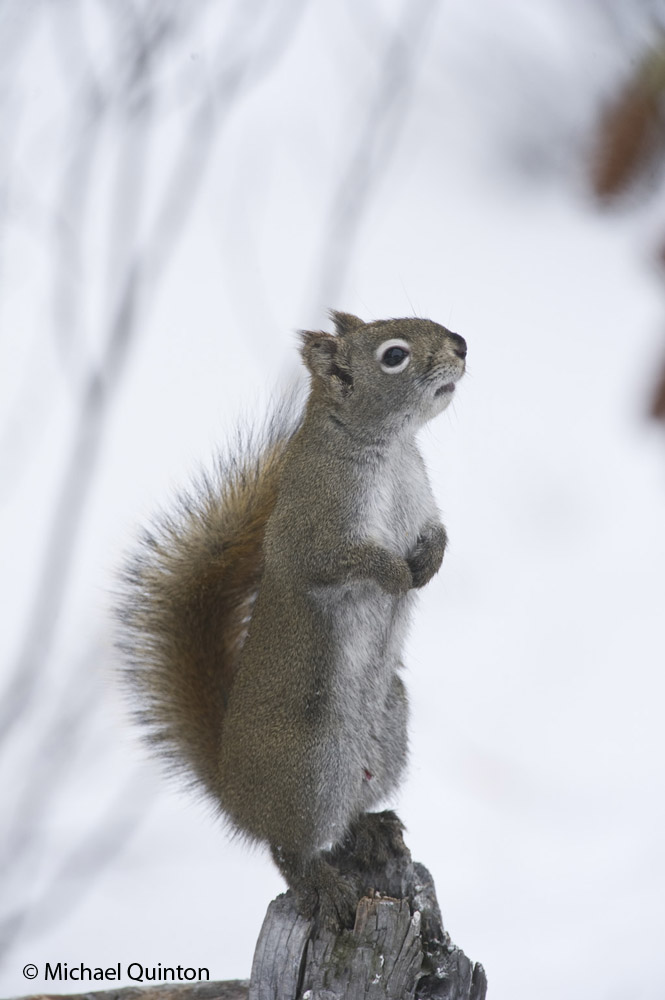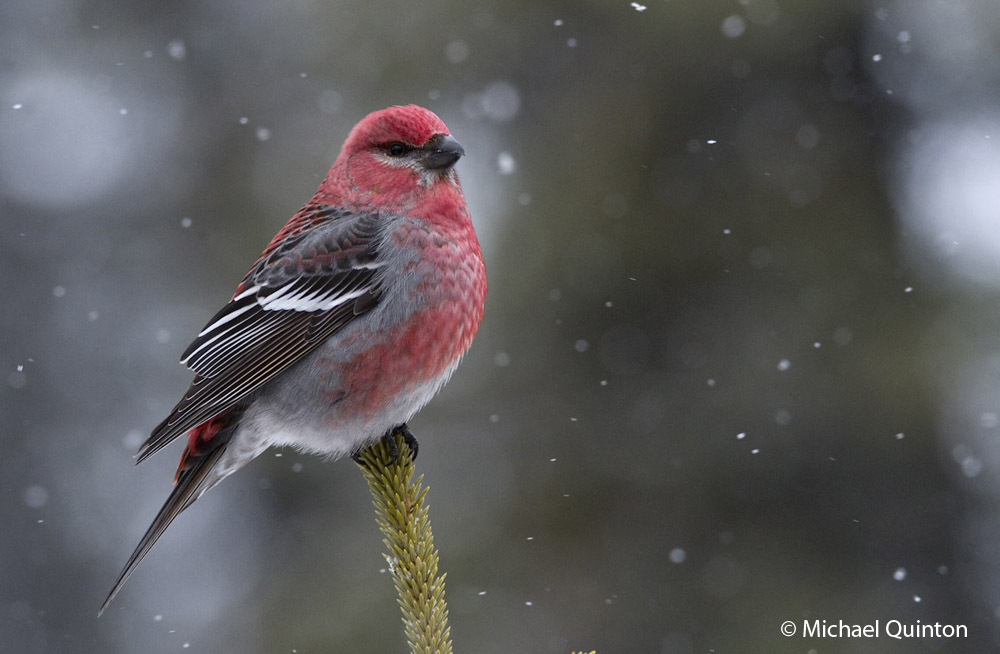All summer and fall dall rams have shunned the groups of ewes and lambs. The rams prefer the high country where they hang out in small bachelor bands. With the approach of winter their association begins to fray as they begin to sort out a pecking order. The rams stand in tight groups, displaying their massive curls trying to intimidate. They kick, growl, shove, and finally engage in dramatic displays of head butting. For the most part dominance has been been sorted out when they join the herds of ewes and lambs already on the winter range.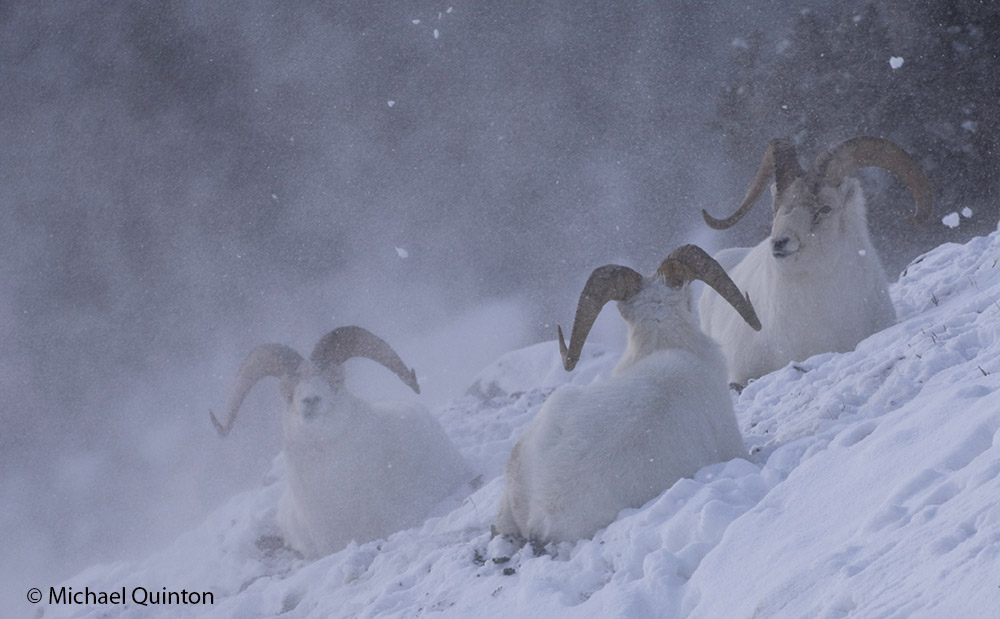 Dall rams Continue reading
Dall rams Continue reading
Category Archives: wildllife
WILDERNESS IN WHITE
ONE OF MY FAVORITE PHOTOGRAPHIC SUBJECTS, DALL SHEEP
RED SQUIRRELS, HOARDING BEHAVIOR
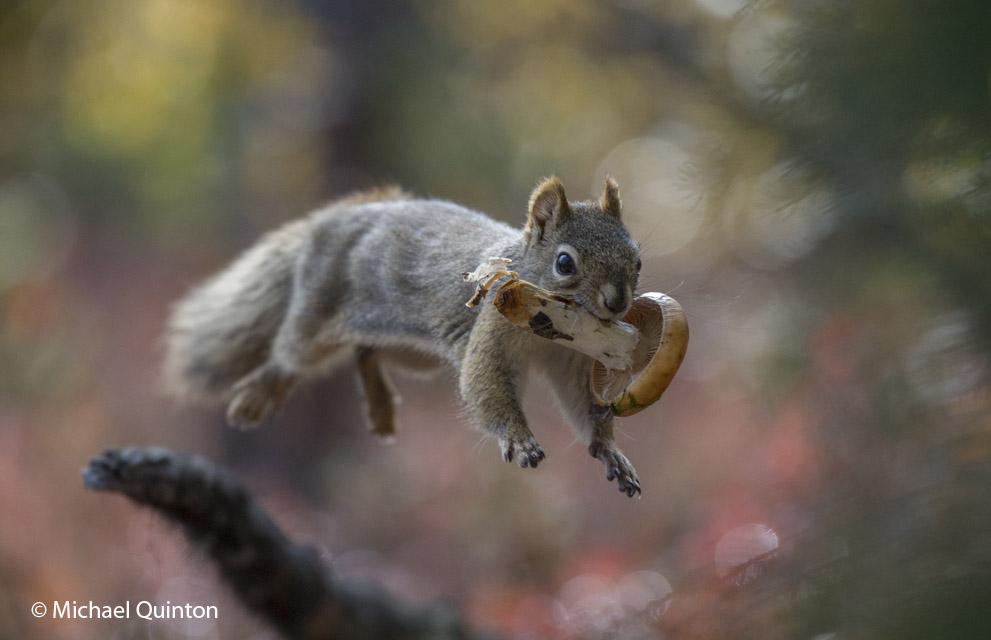 Red squirrel carries mushroom which will be added to its growing winter larder.
Red squirrel carries mushroom which will be added to its growing winter larder.
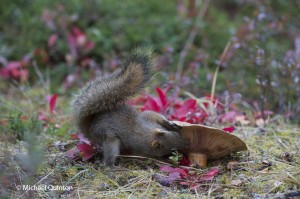 Each fall in preparation for a long, cold winter red squirrels here in Alaska begin a frenzied gathering of food. Their hoarding behavior has very important survival benefits. Gathering food in the fall, before snows arrive will save time and energy. During the short days of winter red squirrels need to conserve their energy. When snows cover the forest floor red squirrels are more exposed to predation and the less time they must spend searching for food the better. Continue reading
Each fall in preparation for a long, cold winter red squirrels here in Alaska begin a frenzied gathering of food. Their hoarding behavior has very important survival benefits. Gathering food in the fall, before snows arrive will save time and energy. During the short days of winter red squirrels need to conserve their energy. When snows cover the forest floor red squirrels are more exposed to predation and the less time they must spend searching for food the better. Continue reading
MUSHROOMS AND RED SQUIRRELS
Red squirrels work overtime in late summer/early fall gathering mushrooms. I spent several days this week photographing them. Though red squirrels can be a nuisance around our wilderness home I try to tolerate them. Our current red squirrel seems to be satisfied living a life in the wild so as long as he minds his own business he is on the payroll. I discourage bad squirrel behavior such as chewing on the house and if they persist, they get that one way ride up to my mean old neighbor ladies place. And she handles red squirrels just like most of my neighbors do. Continue reading
LAST DANCE OF THE SOCKEYE
Taking a peek into a tributary of the Copper River in Alaska’s interior reveals a rarely witnessed but prehistoric cycle of life. Traveling nearly three hundred miles up the Copper River through a soup of glacial silt, sockeye salmon have reached their gravel spawning beds.
Since leaving the ocean and entering fresh water, sockeye salmon undergo dramatic changes. Their silver skin turns to crimson red and their head becomes green. The male sockeye develops a wickedly hooked jawed, an aggressive attitude, and a one track mind to reproduce. Continue reading
DOLLY VARDEN
Dolly varden are not trout but a species of char. In northern Alaska “dollies”can grow to thirty inches and twenty pounds but the dwarf varieties in small interior streams (above) rarely exceed ten inches. Continue reading
STELLER’S SEA LIONS
Adult, male Steller’s sea lion on the prowl in Prince William Sound. Pink salmon, the most numerous of Alaska’s five species of salmon are schooling by the thousands just offshore. The pink salmon returning to their freshwater spawning streams are dogged by a gauntlet of predators including, harbor seals, bald eagles, killer whales and sea otters as well as Steller’s sea lions. Continue reading
SEA OTTERS
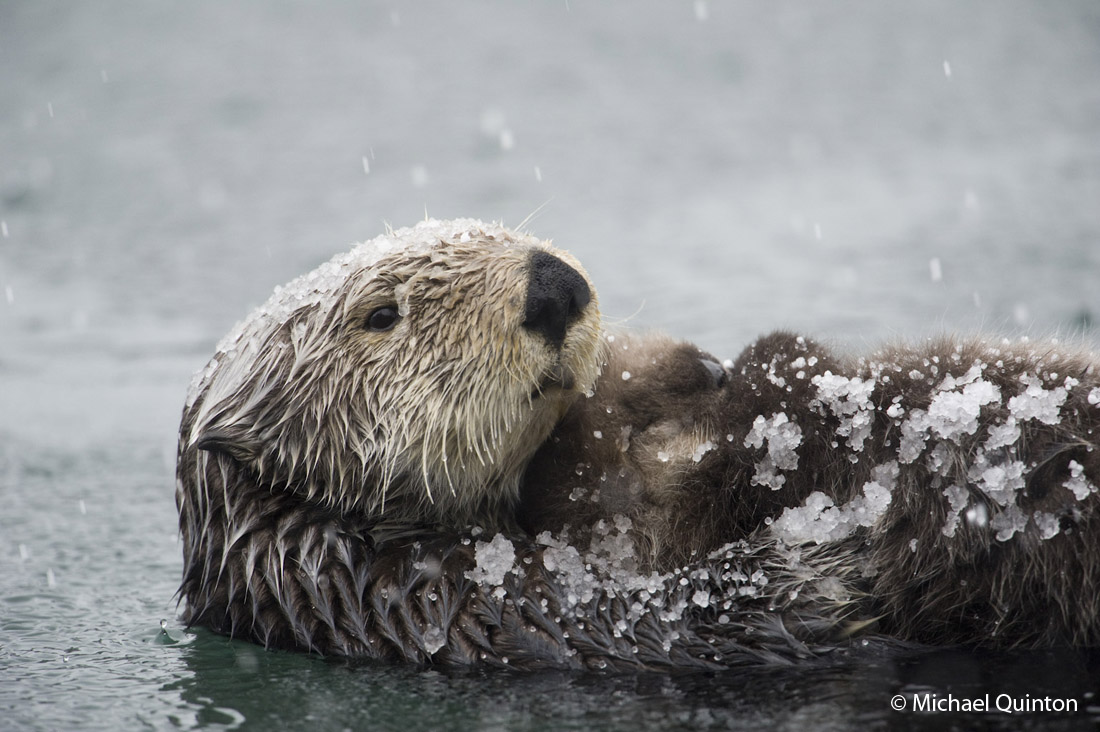 Mother sea otter snuggles her snoozing pup.
Mother sea otter snuggles her snoozing pup.
On a recent trip to photograph humpback whales in Alaska coastal waters my plans were foiled because of bad weather. High winds kept our small boat in the harbor. But these same winds presented an unexpected photo opportunity. Rough seas brought a couple dozen sea otters to a small protected bay for shelter from the storm. At first the sea otters were shy and stayed out of reach of my telephoto lens. But by hanging out in plain sight for hours each day they grew used my presence and would sometimes drift in close enough for photographs. Continue reading
BACKYARD SAFARI PART 3
Red squirrel has cached black spruce cones in an old flicker hole.
RED SQUIRREL
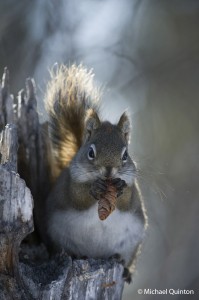 I am still on my backyard safari. This is where I do some of my favorite work. I have had professional photographers scoff at the mere suggestion of doing in-depth work with such “insignificant” species as the red squirrels, voles and the like. But I happen to enjoy photographing all species of wildlife including red squirrels. The idea of a backyard safari is to give one the incentive to compile a complete coverage of the wildlife in your immediate surroundings as well as gaining experience turning photographic potential into great photographs.
I am still on my backyard safari. This is where I do some of my favorite work. I have had professional photographers scoff at the mere suggestion of doing in-depth work with such “insignificant” species as the red squirrels, voles and the like. But I happen to enjoy photographing all species of wildlife including red squirrels. The idea of a backyard safari is to give one the incentive to compile a complete coverage of the wildlife in your immediate surroundings as well as gaining experience turning photographic potential into great photographs.
Red squirrel pry the scales off a spruce cone and feeds on the tiny seeds.
The red squirrel jumping straight on is a tough one. I found a place where the squirrel routinely jumps form one branch to another. The distance is just over three feet and it takes less than a second. The problem lies in the tiny amount of depth of field with the 560 mm telephoto lens. I use a Nikon 200-400 lens with a 1.4 tele-extender and pre-focus at about 4 meters. There is less than one inch that will be in sharp focus. I manage to get off about three frames each time the squirrel jumps and only about one in fifty photos will be in focus. What that boils down to is about one photo every four days will be a keeper. I could increase the percent of successful shots by adding a trigger which trips the shutter as the squirrel crosses a beam of infra-red light. Maybe next week.
TRACKS
One of the few sets of snowshoe hare tracks I have seen in the backyard this winter. They are currently at the low-end of their population cycle.
BOREAL OWL
The male boreal owl is still calling from the flicker holes but not every night. I suspect he is also singing his territorial songs from other possible nesting sites in the area.
The male boreal owl begins his territorial songs just before dark.
AURORA BOREALIS
The aurora borealis usually begins with a band of green, glowing light in the northeast.
Aurora begins to dance.
BACK YARD SAFARI
Boreal chickadee
Ever feel like going on a safari but just can’t get away? Well, take a safari in your own back yard. Here you’re the expert. You know the terrain and what to expect. And believe it or not everyone can benefit from this little exercise. In fact, even with the smallest back yard, some amazing and beautiful images can be made. I regularly take a backyard safari.
Pine grosbeak
My Big Backyard
I bet my back yard is bigger and wilder than yours! Our ten acres of northern boreal forest borders Wrangell/St. Elias National Park, Alaska, our largest National Park. My back yard stretches south for a couple hundred miles through the wilderness of Alaska. We have had grizzlies, wolves, red fox, lynx, great gray owls, nesting hawk owls, bald eagles, golden eagles, willow ptarmigan, great horned owls, sharp-tailed grouse, boreal owls, marten, caribou, Alaskan moose and much more on out little ten acre homestead. But still it is usually a difficult challenge to photograph the local wildlife . Nothing comes easy.
Red squirrel
Developing Photo Potential
Getting the most out of your backyard safari is the same as any photo trip. In fact your own backyard offers the best opportunity to learn to develop photographic potential. And, there is no better place to gain valuable experience in finding solutions to photographic problems we all encounter in the field.
Look for a unique perspective.
Create feeding stations for birds and squirrels.
Take the time to let wildlife become used to your presence.
Build a blind if you have shy wildlife species.
Red squirrel jumping
Pine grosbeak


